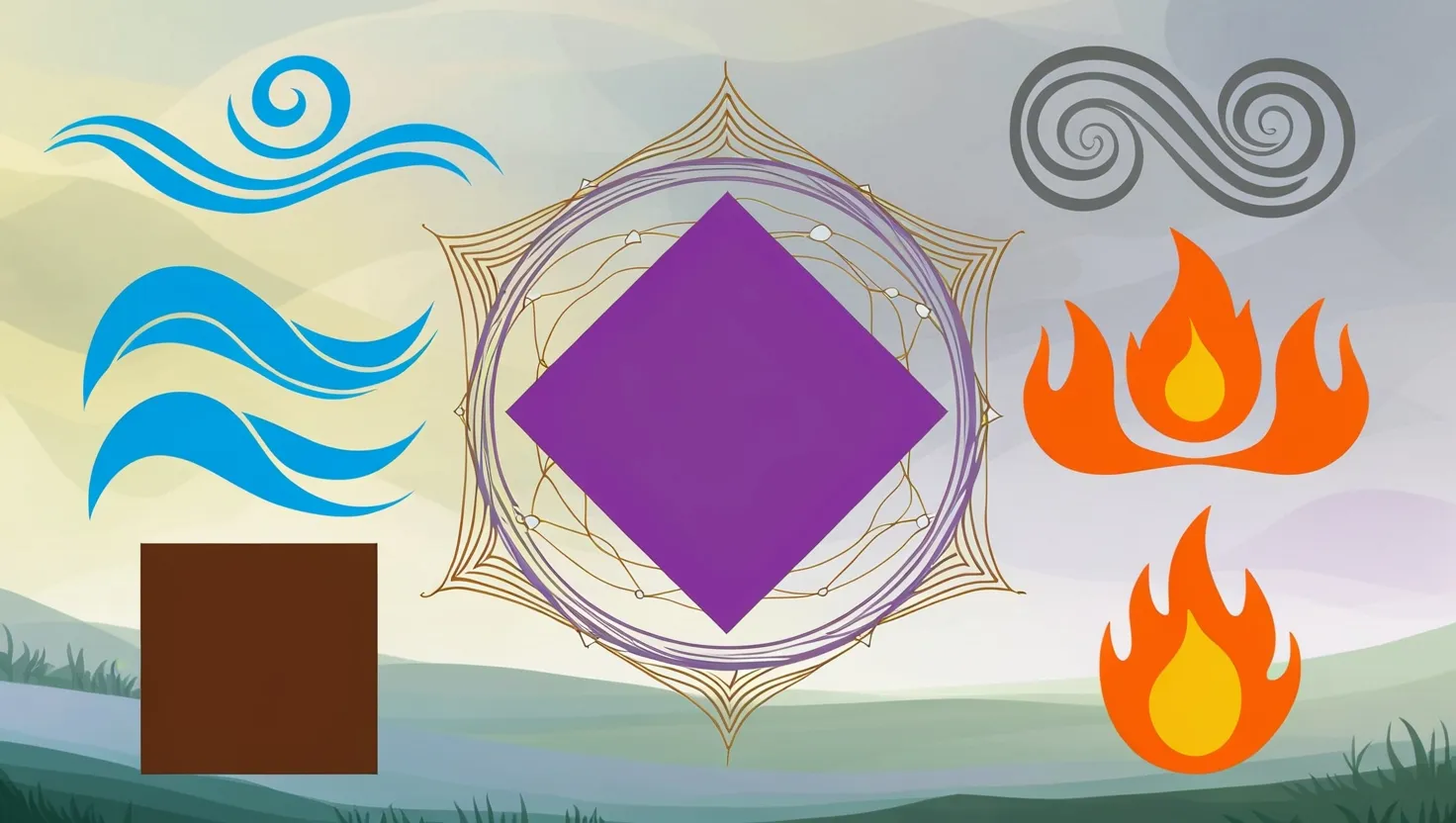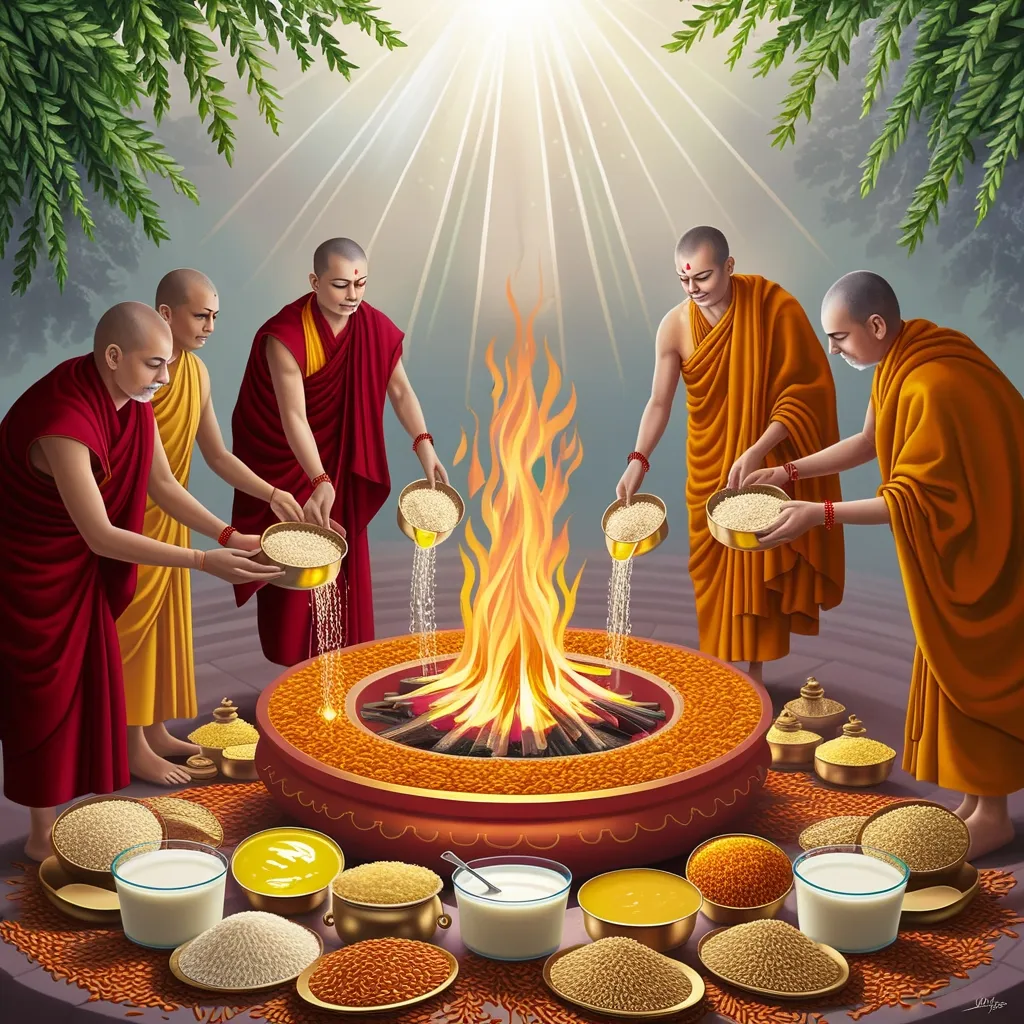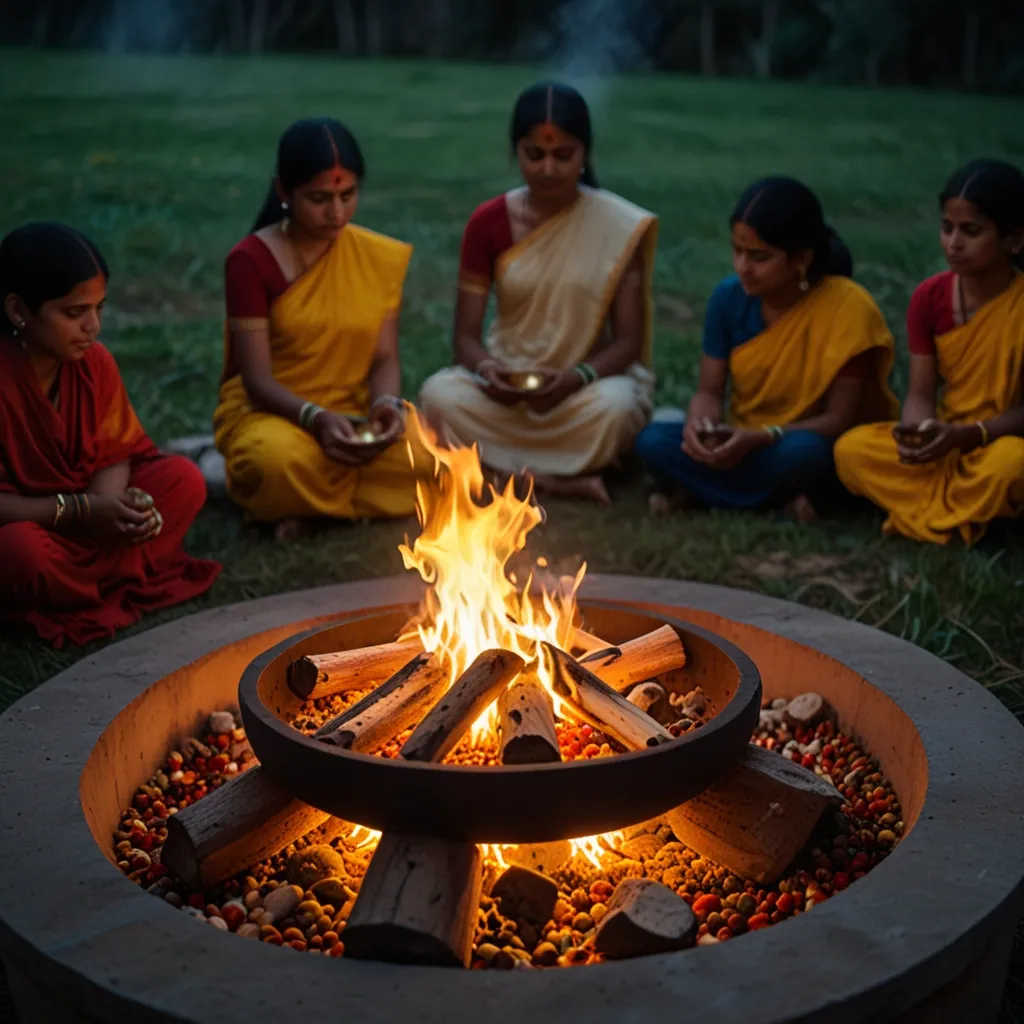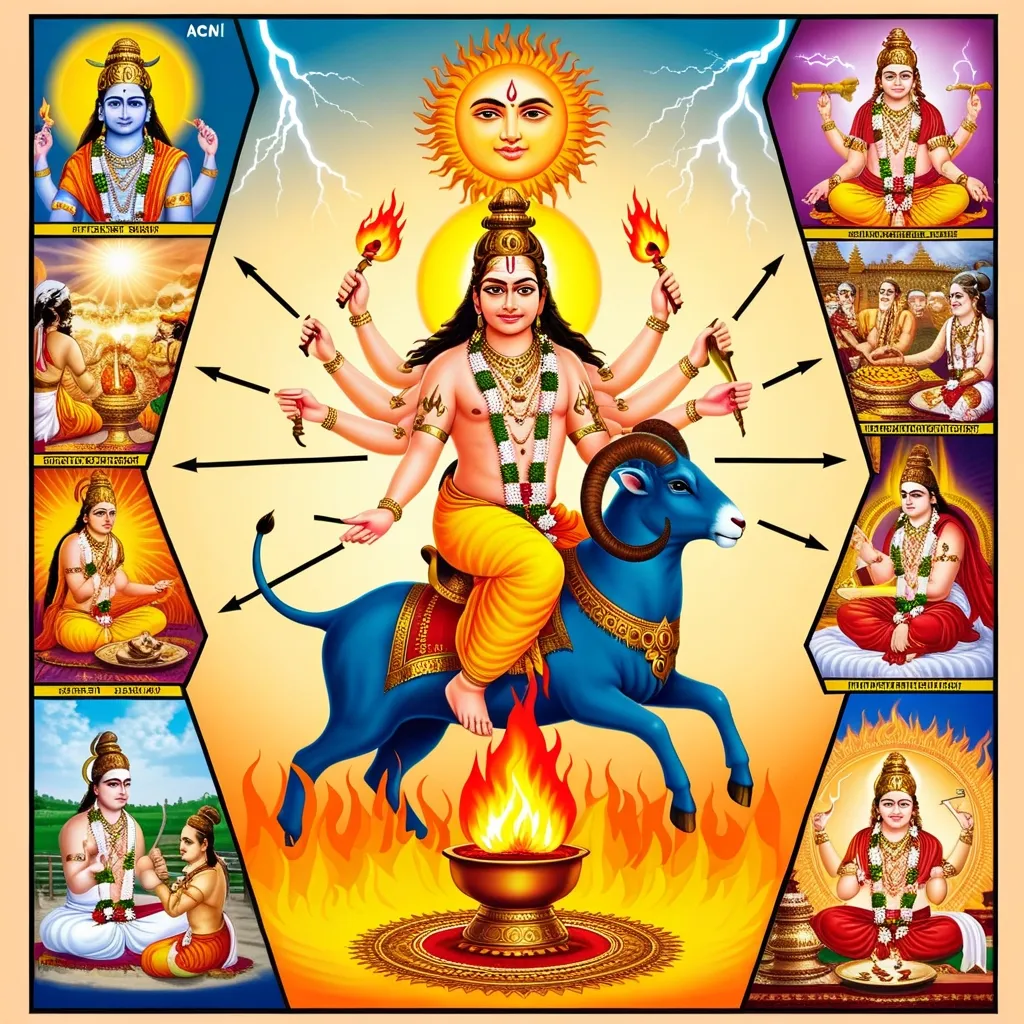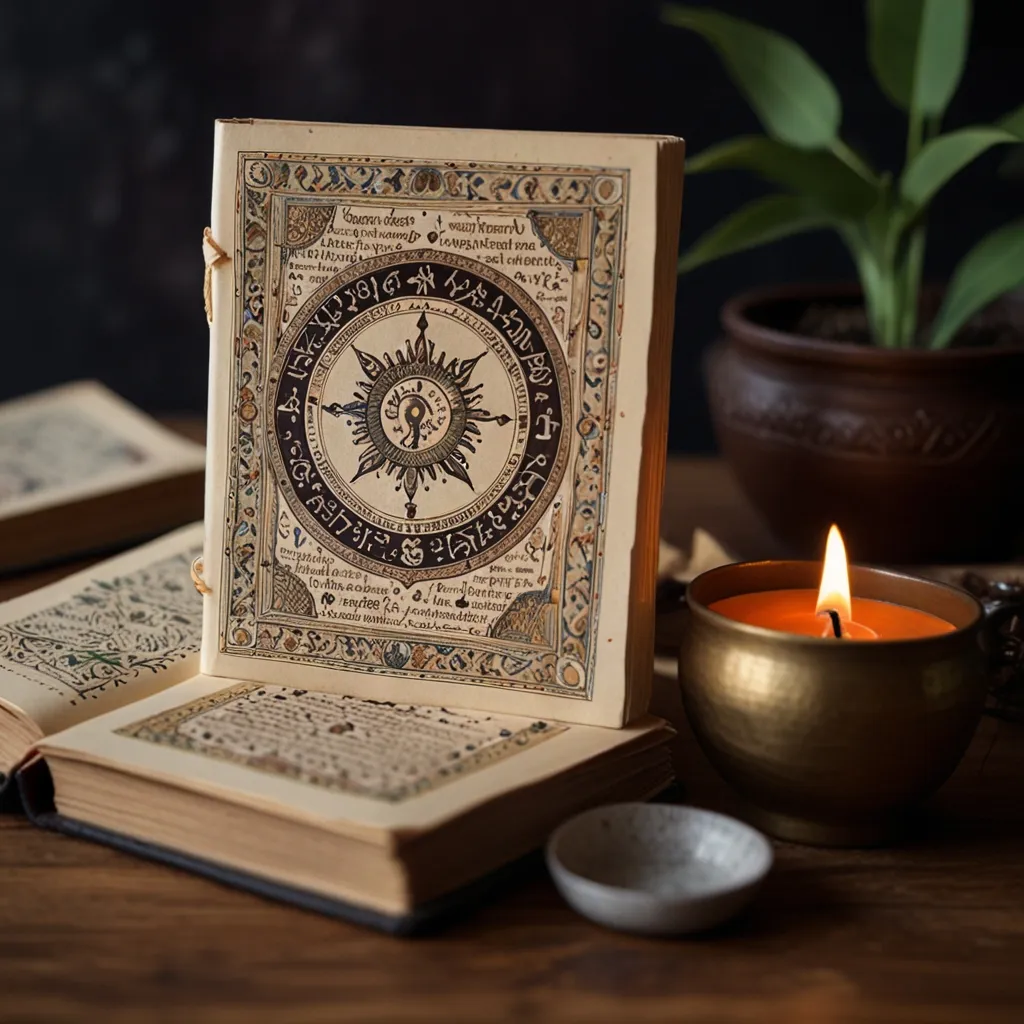When I try to see the world through the lens of Pancha Mahabhutas, from the Vedas, everything takes on a fresh, vibrant significance. Earth, water, fire, air, and space—each element is not only a physical substance but also a living presence, charged with meaning, function, and a certain wonder. We often believe that matter is silent, unfeeling—a backdrop for life’s drama. But what if it’s far more alive and meaningful than we assume? The sages of old certainly thought so, and through their vision, we can glimpse a world brimming with sacredness.
If you’ve ever wondered why so many traditions speak of earth’s sanctity or why water rituals are found everywhere from riversides to household kitchens, the answer starts here—with how the elements are understood in the Vedas. This is not superstition, but a strikingly systematic philosophy. Earth, or Prithvi, forms the basis for solidity—bones, stones, the ground beneath our feet. Water, Apas, gives us connection, the flow in our veins and the rivers that tie landscapes together. Fire, Agni, speaks of transformation—the warmth in our digestion, the passion that moves ideas into reality. Air, Vayu, is the life force itself—the swing of breath, the pulse of winds. Space, Akasha, provides the ultimate context—a silent potential where everything unfolds. The elements, to the ancient rishis, are not distant or abstract. They are immediate, intimate, and present in every moment of life.
Pause for a moment: How do you sense the earth right now? Can you feel its steadiness under your chair, in your heartbeat, in the reliability of your habits? When I reflect on this, I realize that earth is not only what I stand on—it’s the solidity behind my commitments, the perseverance in my mood and thoughts. Similarly, water is not just what I drink, but the adaptability I show when life changes, the easy flow of conversations that connect me to people. Fire ignites not just my stove, but my curiosity and insight. Think about Agni as more than just flame; it’s the energy that digests sensory experience, that helps us turn obstacles into learning.
Air, with its movement and lightness, is easily overlooked—yet as soon as I sit quietly and focus on my breath, its centrality becomes obvious. Every thought, every change in perspective, can be seen as air reshaping the inner landscape. And then there’s space. Akasha remains the most mysterious of all. It is both the silence before sound and the room in which everything else occurs—inside and outside. Without space, nothing else can exist, not even thought itself.
“Look deep into nature, and then you will understand everything better.” —Albert Einstein
What truly stuns me is how closely the human body follows the elemental recipe. It isn’t a poetic metaphor—Vedic texts assert the body is a micro-version of the cosmos. Bones and tissues align with earth’s solidity. Every drop of sweat or blood speaks of water. The quickness of thought, the heat of metabolism, are the play of fire. Nervous impulses and motion owe everything to air. Our inner cavities, the spaces in the joints or the mind’s silent corners, belong to Akasha. Health, in this view, means balance—a continual state of harmonious play among these five elements. If one dominates or gets depleted, disharmony appears, showing up as unrest or illness.
But how do we begin to work with this awareness? The Vedic approach is anything but passive. Through rituals, daily habits, even through the simple act of gratitude, we can invite equilibrium. I find it telling that the classic fire ritual, yajna, honors more than just Agni. Water offerings, the construction of earth altars, breath-infused mantras, and meditative awareness of space are all part of the ritual cycle. It’s a practice in paying respect, but also in experiencing the interconnectedness of matter and spirit through mindful action.
“The human body itself is a temple; and as such, worthy of being treated with the greatest respect and care.” —Swami Sivananda
An unexpected insight I gained was how environmental ethics find a natural home within this philosophy. If I share the same substance as trees and rivers, to harm them is to harm myself. This isn’t rhetoric; it’s a statement of physical and spiritual fact. Wastefulness or abuse of natural resources isn’t only a practical problem, but a violation of the sacred kinship I have with the world. From this, sustainable living becomes less about guilt and more about reverence. Can I treat the ground I walk on, or the air I breathe, as part of myself? What changes in my choices if every glass of water is a sacred act?
Science, in its own way, is circling back to similar truths. Physics says matter is just condensed energy; chemistry identifies the essential states of being; ecology teaches the cycles where elements pass endlessly from life to stone and back again. But where science often stops at explanation, the Vedic view asks for relationship—an enlivened sense of duty and gratitude for living with, not just around, these core substances.
If all this feels abstract, let’s bring it down to daily practice. Imagine starting your day not with routine, but with an intention: drinking water as an act of devotion, cooking as an alchemical dance with fire, tending your home’s plants as a way to anchor earth’s steadiness in your life, pausing to breathe deeply and sense the gift of air, sitting quietly to acknowledge space as the background of all experience. What if every ordinary act was infused with the extraordinary?
Sometimes I try asking myself, “Where is the element of fire in my day? What about the water?” The answers are often surprising. I encounter them in the way I respond to challenges, the foods I crave, the spaces I seek out. We are far more in tune with the Pancha Mahabhutas than we notice—perhaps the wisdom lies not so much in learning something new, but in remembering what we already know deep in our bones.
“I believe a leaf of grass is no less than the journey-work of the stars.” —Walt Whitman
As awareness grows, a new kind of mastery is possible. In Vedic stories, advanced practitioners are said to gain direct insight into the elements. Some could endure heat and cold at will, others float as light as air, some become unshakably grounded. The point, however, is never mere display of power. It’s about transforming our tendency to see matter as dead and instead understand it as alive and filled with consciousness.
Maybe the greatest shift I experience in contemplating Pancha Mahabhutas is in how I answer the question: What is sacred? Is it a distant idea, locked in temples and rituals—or is it quietly present in the ordinary things around me, in my food, my body, my breath, my capacity to feel and to think? The Vedas point towards the sacredness of everything physical, without exception. This is both a comfort and a challenge. It asks me to wake up, to engage with my circumstances, to treat every bit of the material world as a spark of divine energy.
Can we, in a culture rushing toward abstraction and digital spaces, recover this intimacy with matter? The ancient vision insists we can. Each encounter with the world—touching wood, handling water, sitting in sunlight, listening to the wind, enjoying silence—becomes a small doorway to the infinite. To cultivate elemental awareness is to reclaim a kind of belonging.
“Nature does not hurry, yet everything is accomplished.” —Lao Tzu
This sense of presence ripples outward. When even the smallest act is sacred, no moment is wasted or valueless. The act of simply breathing—something shared by all living beings, animated by air—becomes a powerful act of participation in life’s flow. The ultimate realization described in the Vedas isn’t some out-of-reach mystical event. It is the steady, growing recognition that consciousness and matter are not at odds, but two ways of encountering the same mystery. Through earth, water, fire, air, and space, the one reality expresses itself in endless diversity. My task, if I accept it, is to look deeper, live more mindfully, and remember: everything that is, is already sacred.
So next time you drink a glass of water, walk barefoot on the earth, feel the sun’s warmth, fill your lungs, or sit in silence, ask yourself: What element am I honoring now? Where is the divine hiding, in plain sight? The answer may not come in words, but in a subtle, living sense of participation in the wonder of existence.
